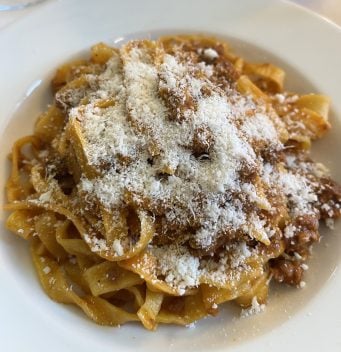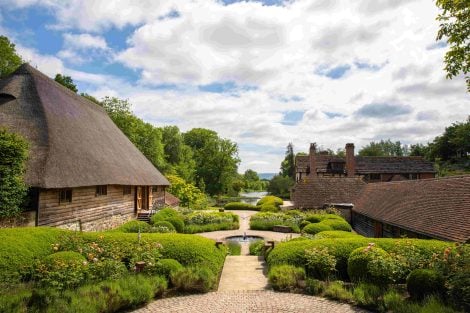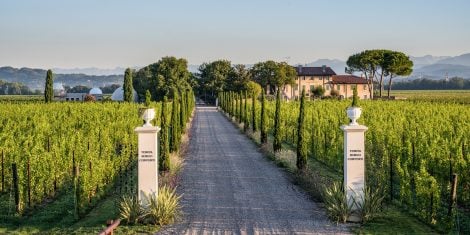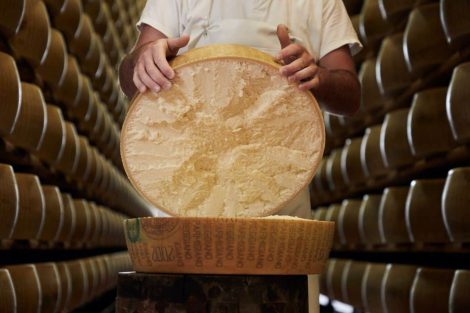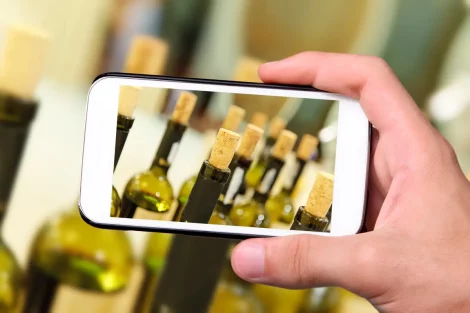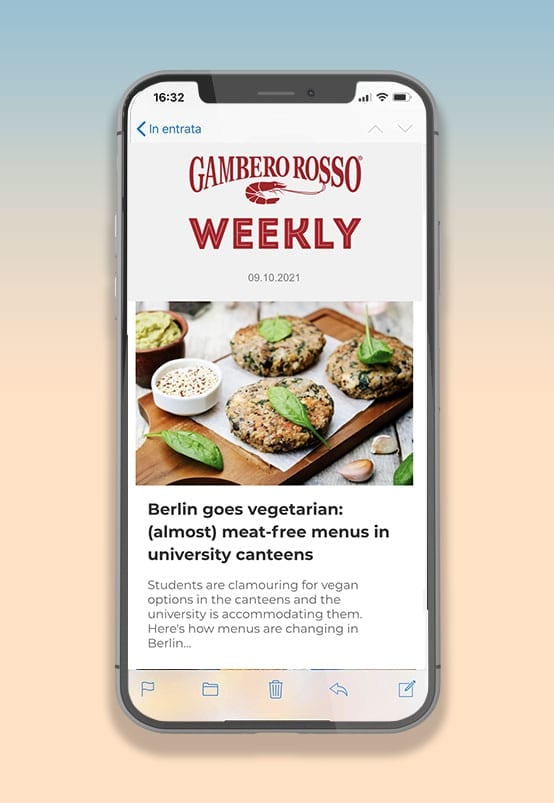Amid steep terraces overlooking the sea and winepresses carved into rock more than two centuries ago, brothers Bruno and Carmelo Traclò produce in Bova a wine that imitates nothing and no one: Lanò. A glass that speaks the harsh and solemn language of Bovesìa, the Grecanic area in the far south of Calabria, suspended between the Aspromonte mountains and the Amendolea riverbed, where the distant echo of a civilisation still resonates in the names of things, in silences, in gestures.
The village of Grecanic Calabria
Bova, the cultural heart of this minority area, clings to its stones with the dignity of those who have chosen to stay. The Greek of Calabria, an archaic and living language, can still be heard in the streets, in whispered greetings on street corners, and in conversations among the elderly, though it is slowly fading among the younger generations, who now often speak only Italian. It is in this fragile yet proud context that Lanò is born—a word in Calabrian Greek that refers precisely to the palmento, the traditional grape-pressing basin carved into solid rock. The Traclò family’s palmento, still in use today, is over two hundred years old and an integral part of the winery: not just a symbol, but a living tool of a peasant practice that never needed to reinvent itself as modern.
Making wine in Bova is no easy task. It never has been. The harsh mountain climate, strong temperature fluctuations, steep terraces between 600 and 700 metres above sea level, the lack of irrigation systems, and the distance from any commercial dynamics do not help. But for the Traclò brothers, all this is a value: "Here, we work as it has always been done," they say simply. The vines are trained in the bush-trained system and cared for by hand, without chemicals or compromises. Just hard work, time, and listening.
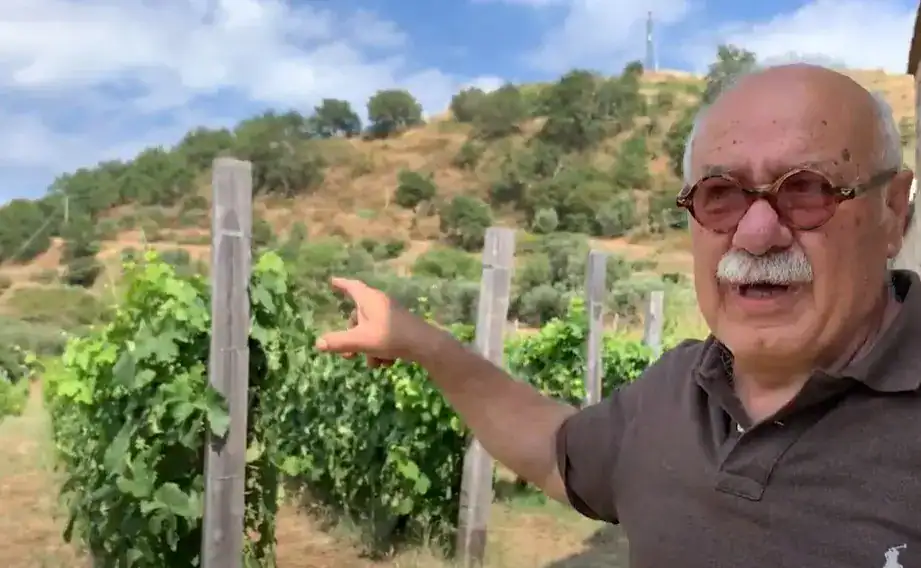
Lanò, history and identity in a bottle
The vineyard is located in the Brigha district, named after the mountain south of Bova on the western side, laid out across four terraces. "It stands on land registered in 1742, once owned by a bishop of Bova, then bought by my grandfather and handed down to my father, and then to us," explains Carmelo Traclò. Just over a hectare in size, the plot hosts old vines of native varieties such as Nerello Mascalese (locally called Mavreli), Castiglione, Lacrima Piccola di Bova, Nocellara, ‘Ntsolia (Inzolia), Guardavalle, and Tundhulidda.
Lanò is born from the spontaneous co-fermentation of these ancient native grapes (some, like Tundhulidda, at risk of extinction), harvested and vinified together in keeping with the ancient practice of Grecanic farmers, who did not have the luxury of separating by variety. A simple gesture that today becomes a mark of identity. Fermentation takes place in stainless steel, with no temperature control; ageing is long and slow: at least two years in steel vats and a further six months in bottle before release. The result is an austere and forthright wine, unpretentious and unapologetic. Its colour resembles sun-bleached stone, its nose recalls dried herbs, bay leaf and carob, then indistinct echoes of red fruit, mushrooms, and dried citrus. On the palate, it is rustic and vibrant, with a vertical acidity supporting its earthy texture. A wine that does not seek balance, but depth. A wine that tells—rather than performs—a territory.
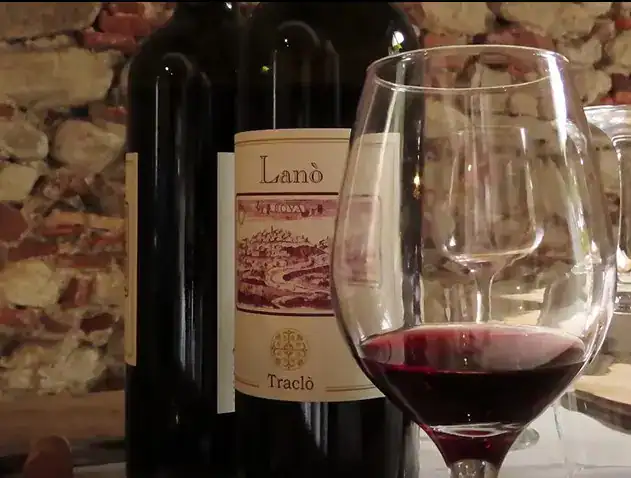
Every year, about 5,000 numbered bottles of this “ancient” wine are produced, though it has only been on the market since the 2012 vintage. Many of these bottles travel abroad rather than staying in Italy: France, Denmark, Belgium, even Japan. Not by strategy, but by natural affinity: “At the beginning, only importers who had discovered the wine by chance sought us out. Now, they return every year,” says Carmelo Traclò.
In Bova, even wine is resistance
The winery is located in the historic centre of Bova, within a family home that still houses an active palmento, used for manual grape pressing. Everything here is intimate and coherent: no glossy labels, no scenic tasting rooms. Just the essentials: barrels, steel tanks, ice buckets and bottles stacked in cool corners, where the stone naturally maintains the temperature. The setting is not contrived: it is real. And it reflects the dignity of marginal viticulture which, precisely because it is marginal, knows how to be free.
In Bova, everything is resistance—linguistic, cultural, agricultural. This is evidenced by the return of young people who, like the Traclò brothers, have not only chosen to stay but to breathe new life into knowledge that was on the verge of disappearing. Lanò is their way of keeping a dialect, a landscape, and an idea of wine alive—one that has little to do with trends and everything to do with the land they belong to and the memories of a lifetime. Tasting a glass of Lanò is therefore also a political act, if you will: it means choosing to listen to a voice that is off the beaten path, made of ancient gestures, long silences, and deep identity. A wine that needs no explanation, but respect. A sip that speaks of a land making giant strides towards emancipation, yet full of corners far from the spotlight that risk being lost if no one picks up the legacy of those, like Bruno and Carmelo Traclò, who have protected—and still protect—its soul.
Opening photo sourced from the Facebook page of the Municipality of Bova.

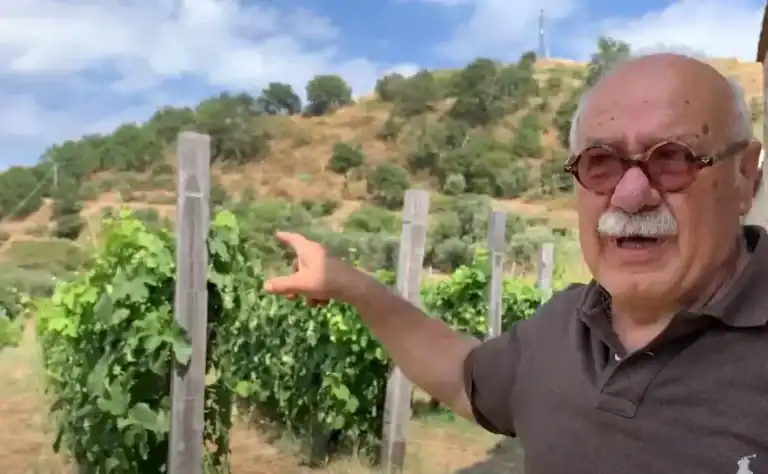
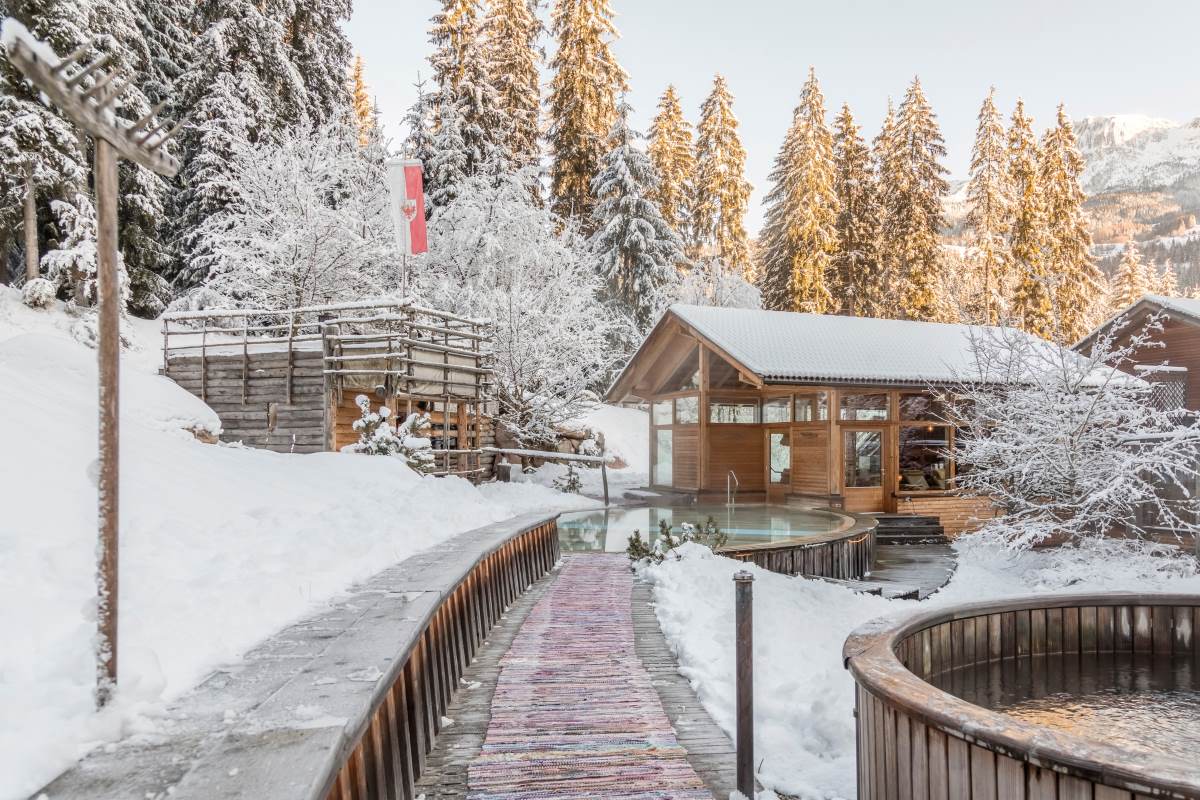 The alpine hotel where you can enjoy outstanding mountain cuisine
The alpine hotel where you can enjoy outstanding mountain cuisine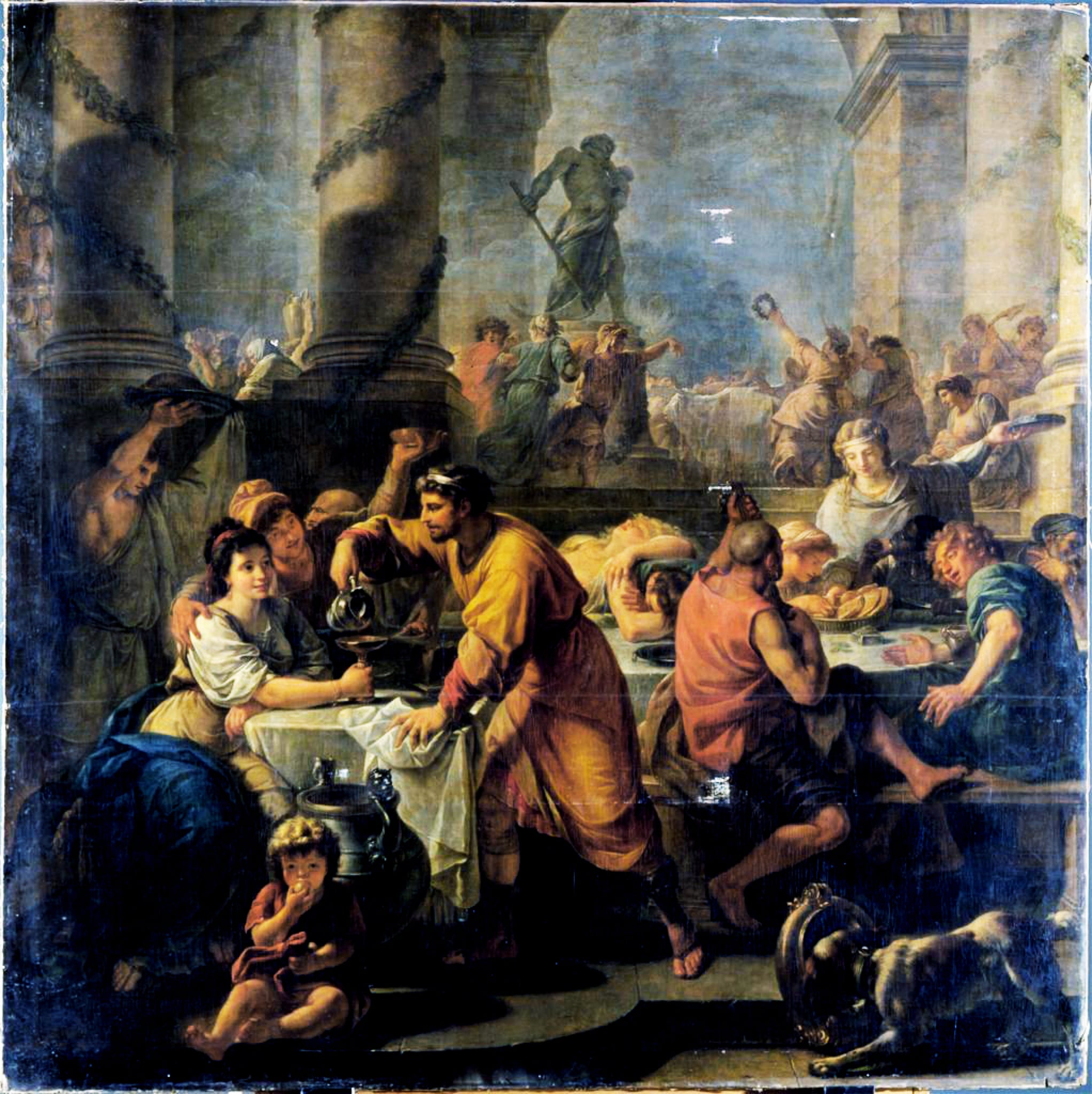 Io Saturnalia! How to celebrate the festive season like an Ancient Roman
Io Saturnalia! How to celebrate the festive season like an Ancient Roman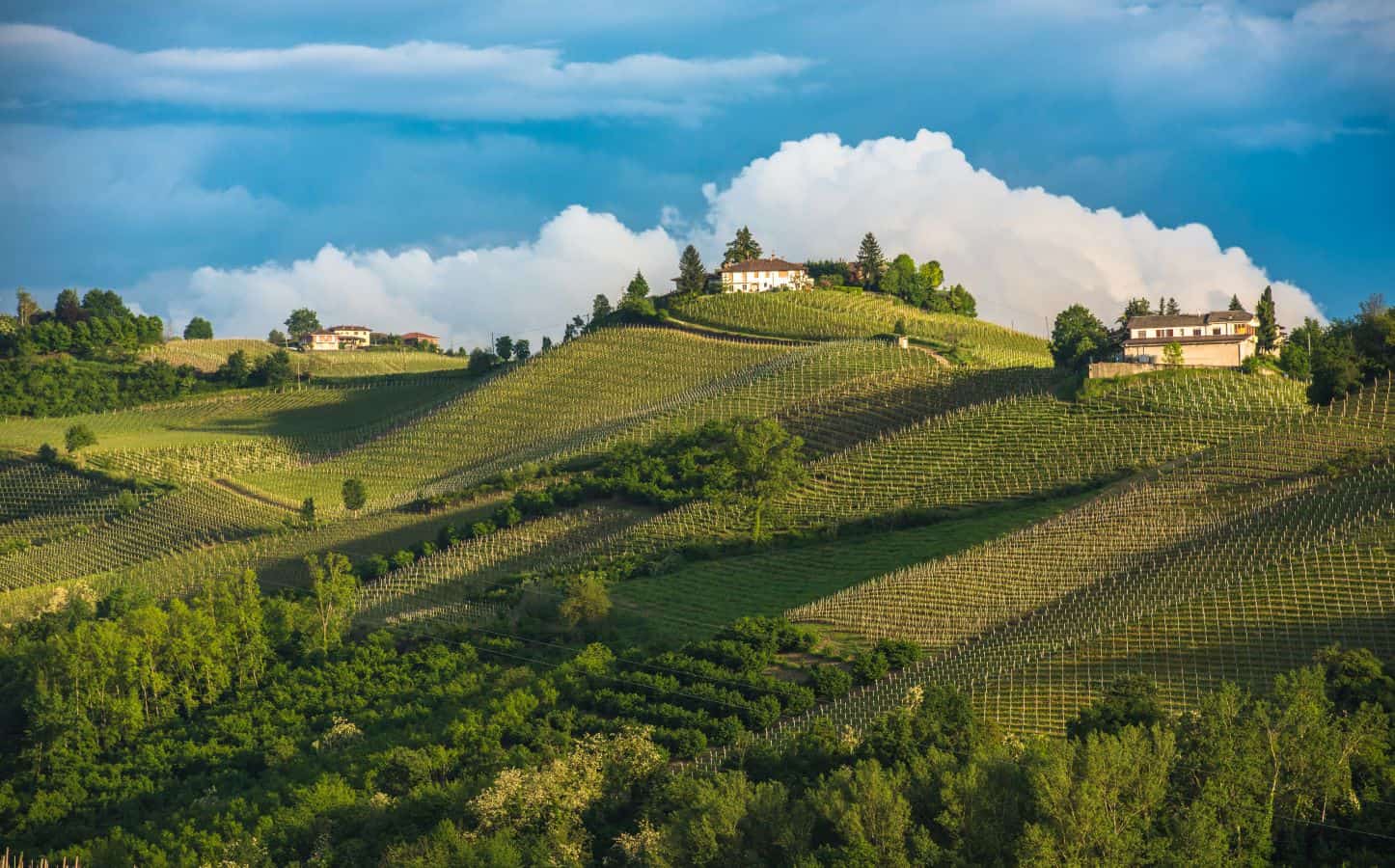 The UNESCO effect: tourism is growing, but there is a risk of losing identity
The UNESCO effect: tourism is growing, but there is a risk of losing identity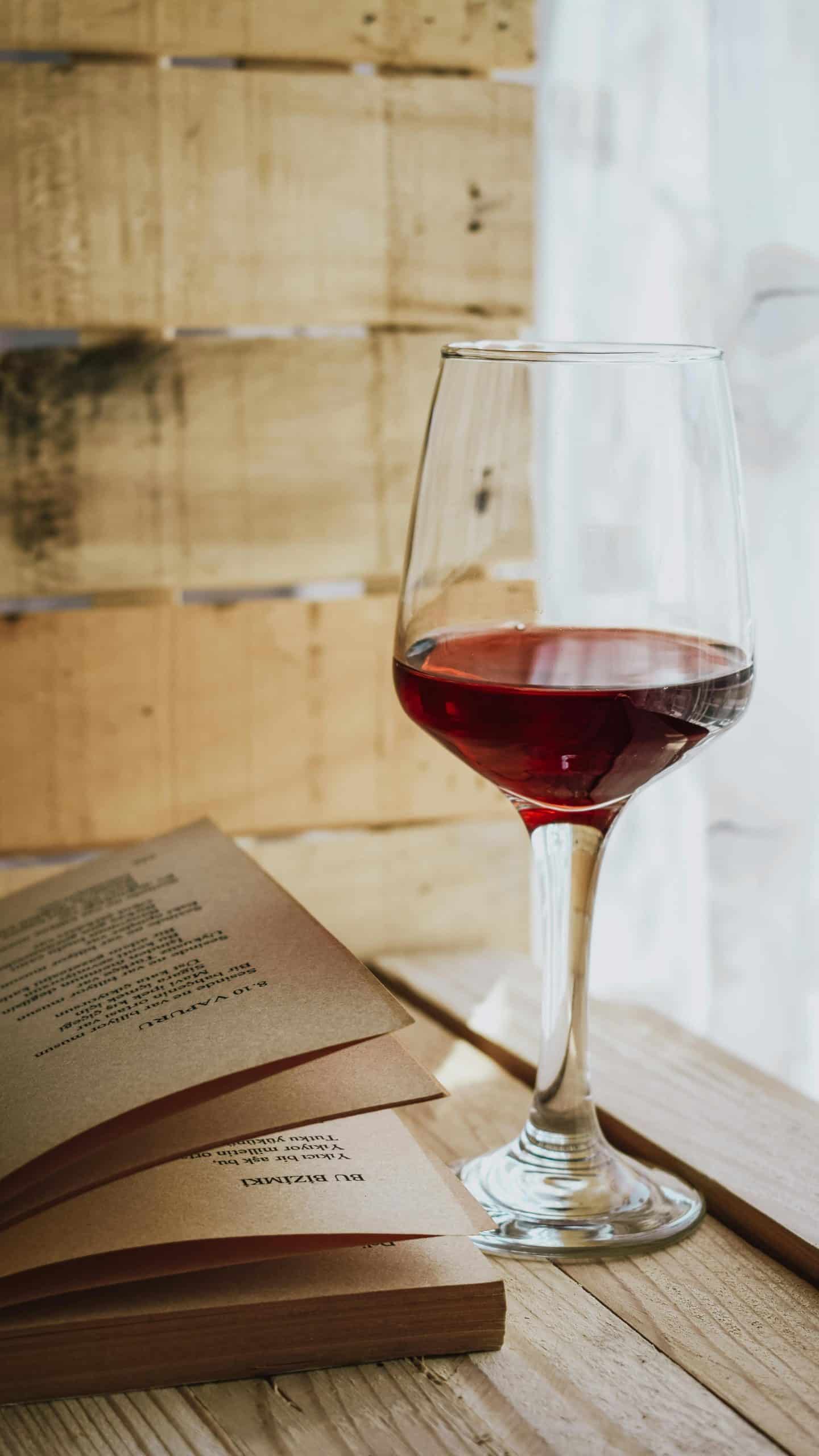 The perfect pairing? Wine and books
The perfect pairing? Wine and books 2025 was the year of Trump's tariffs – will 2026 be better for Italian wine in the US?
2025 was the year of Trump's tariffs – will 2026 be better for Italian wine in the US?